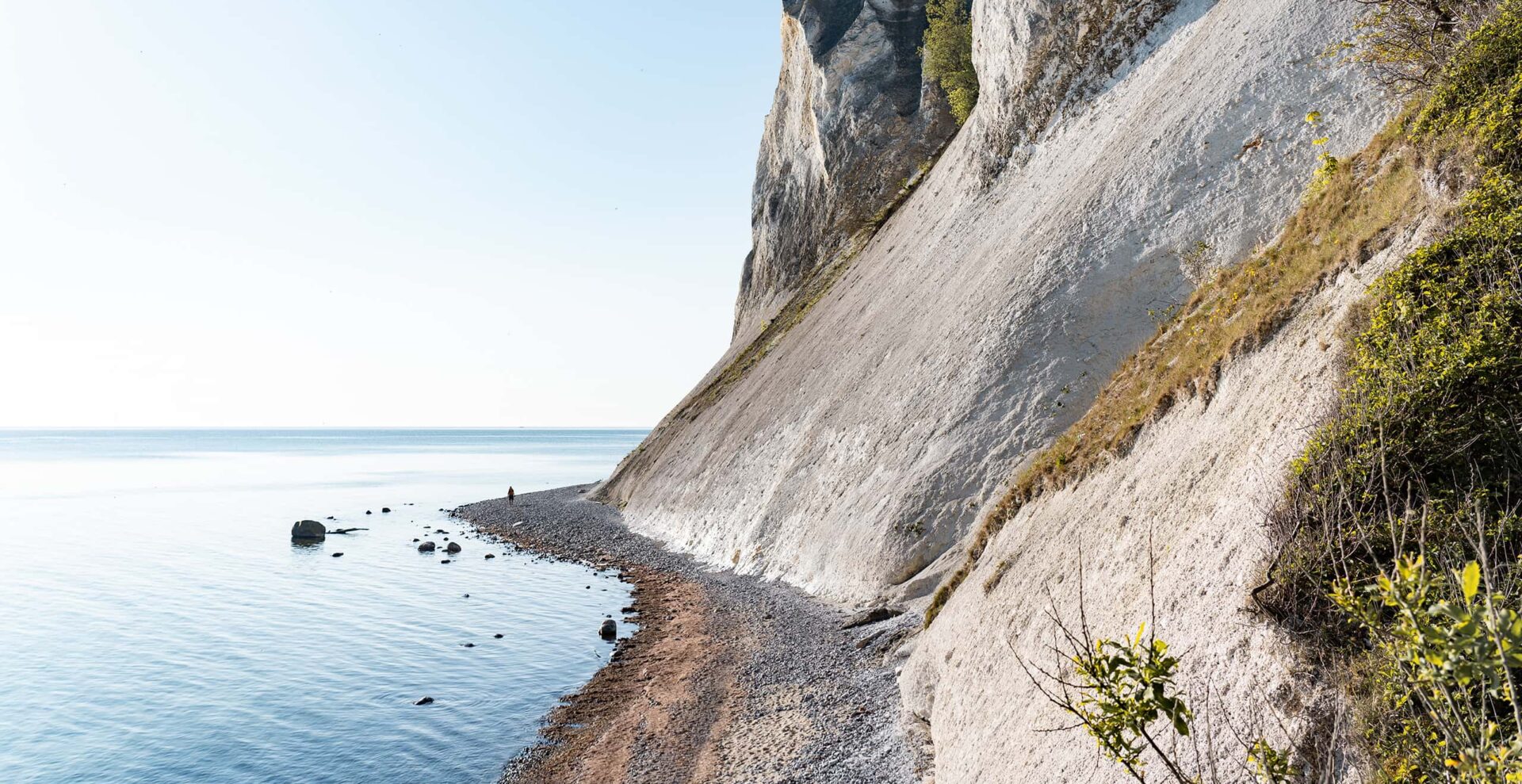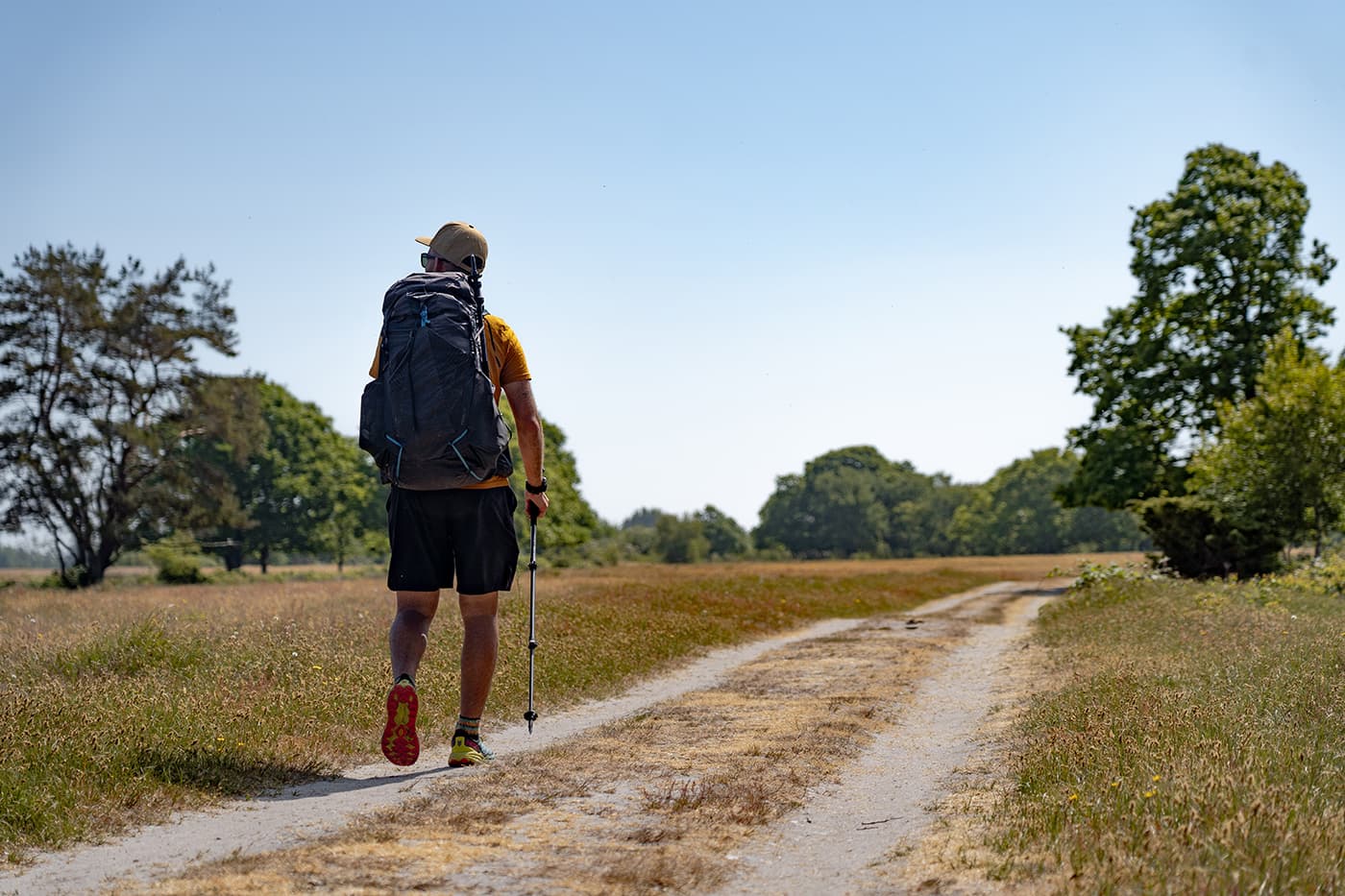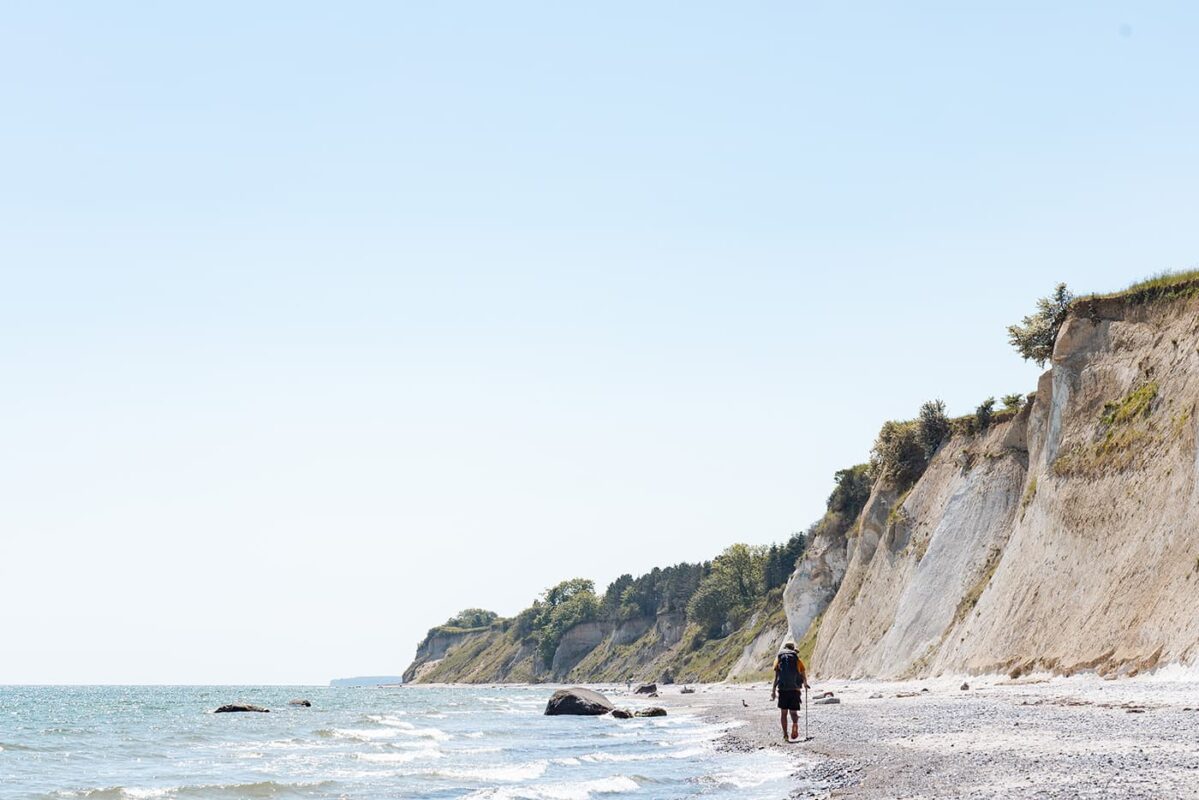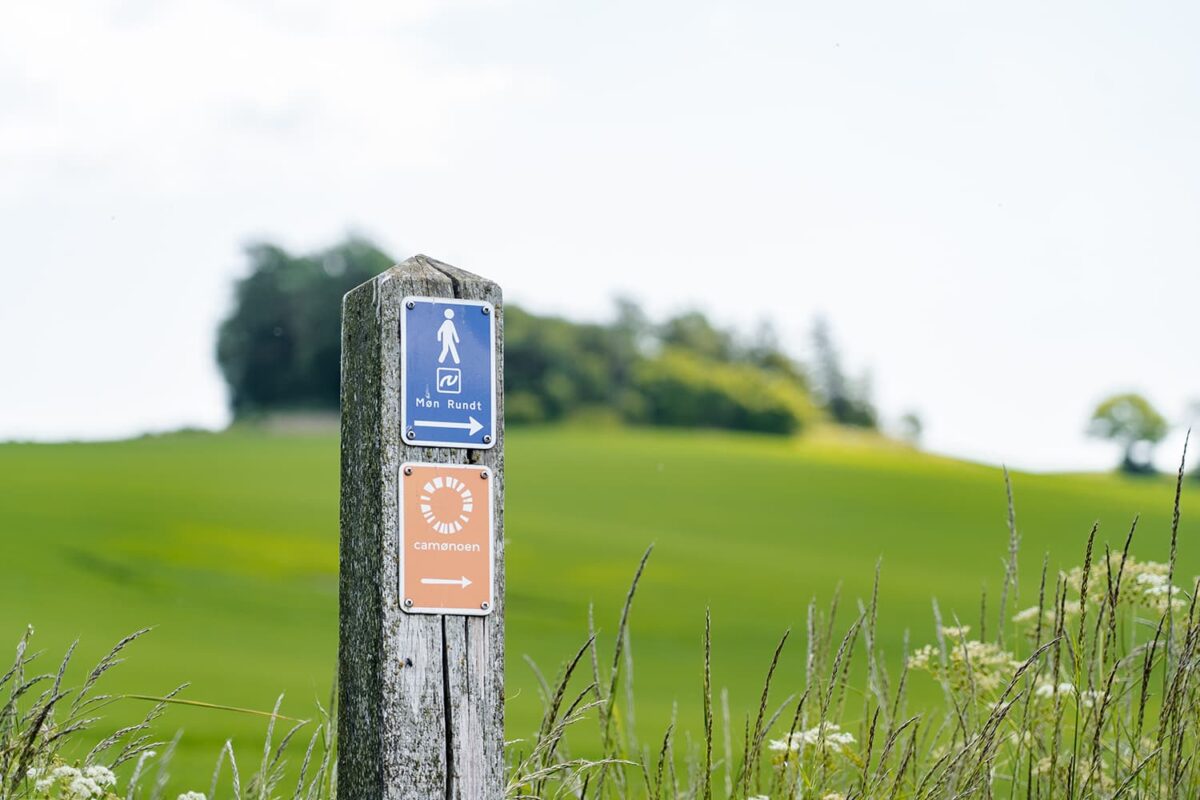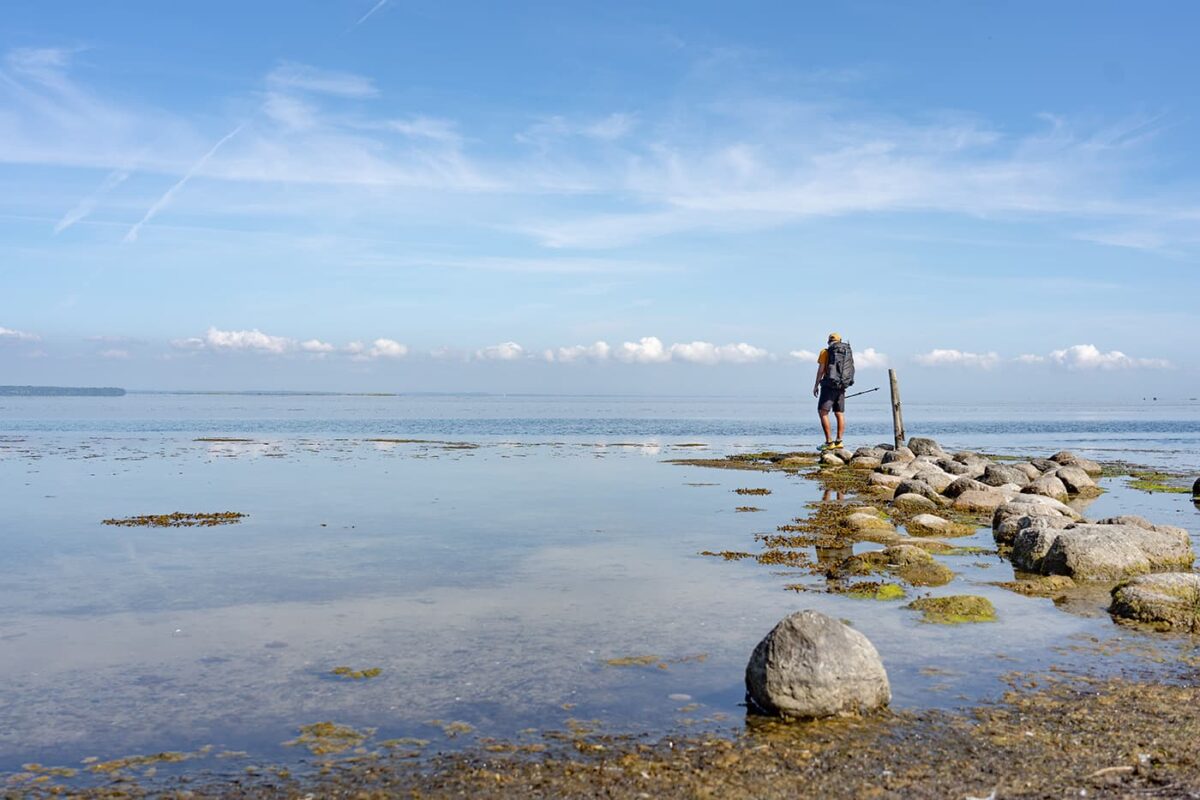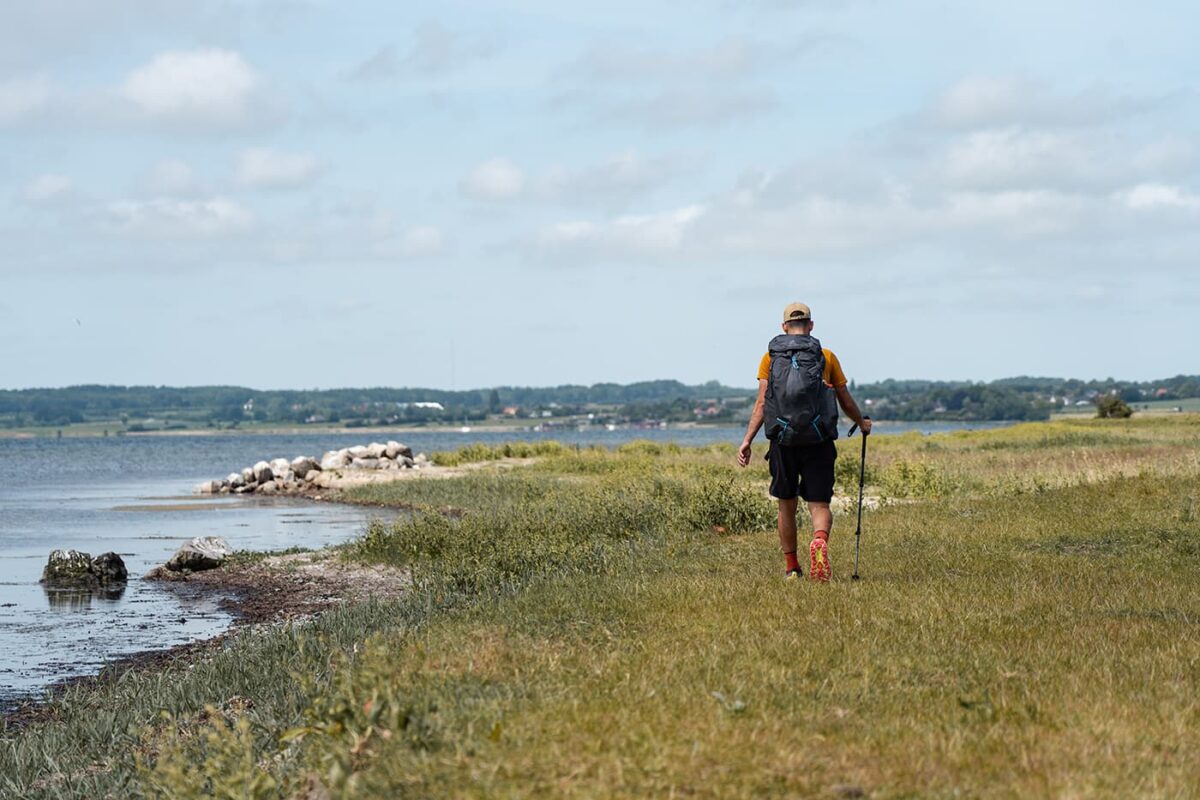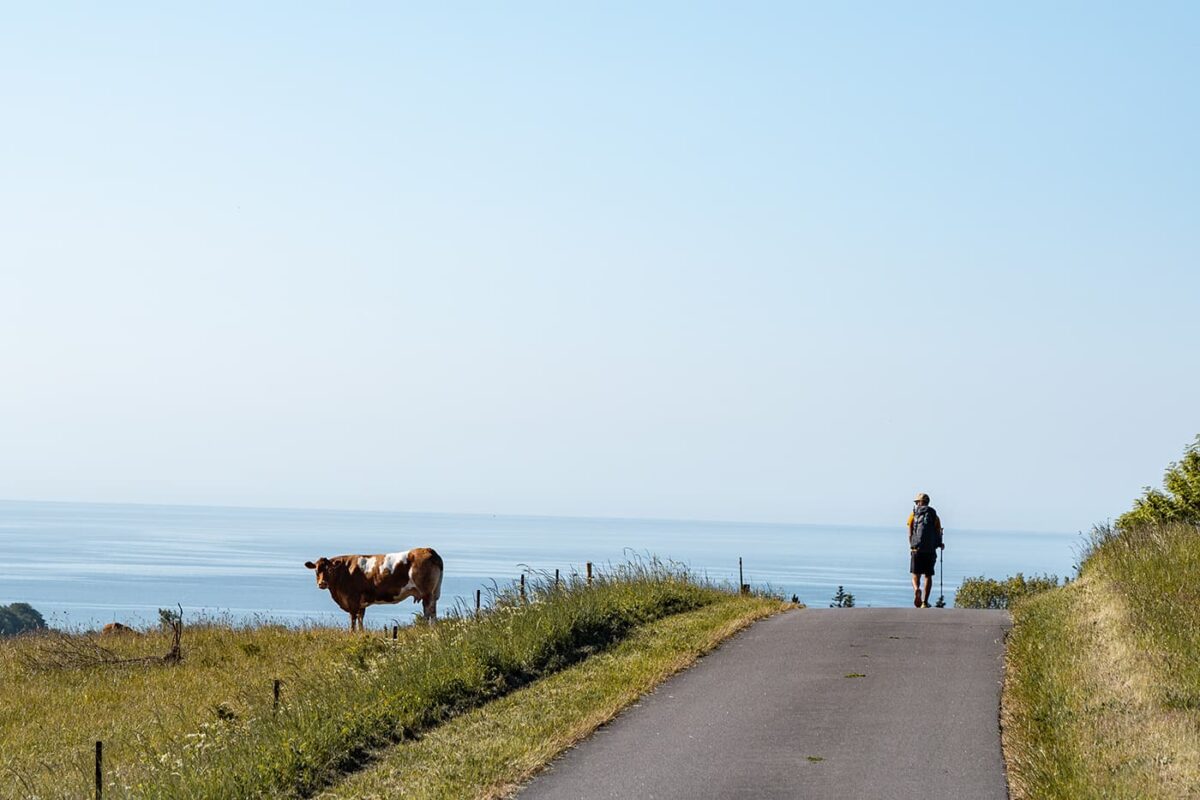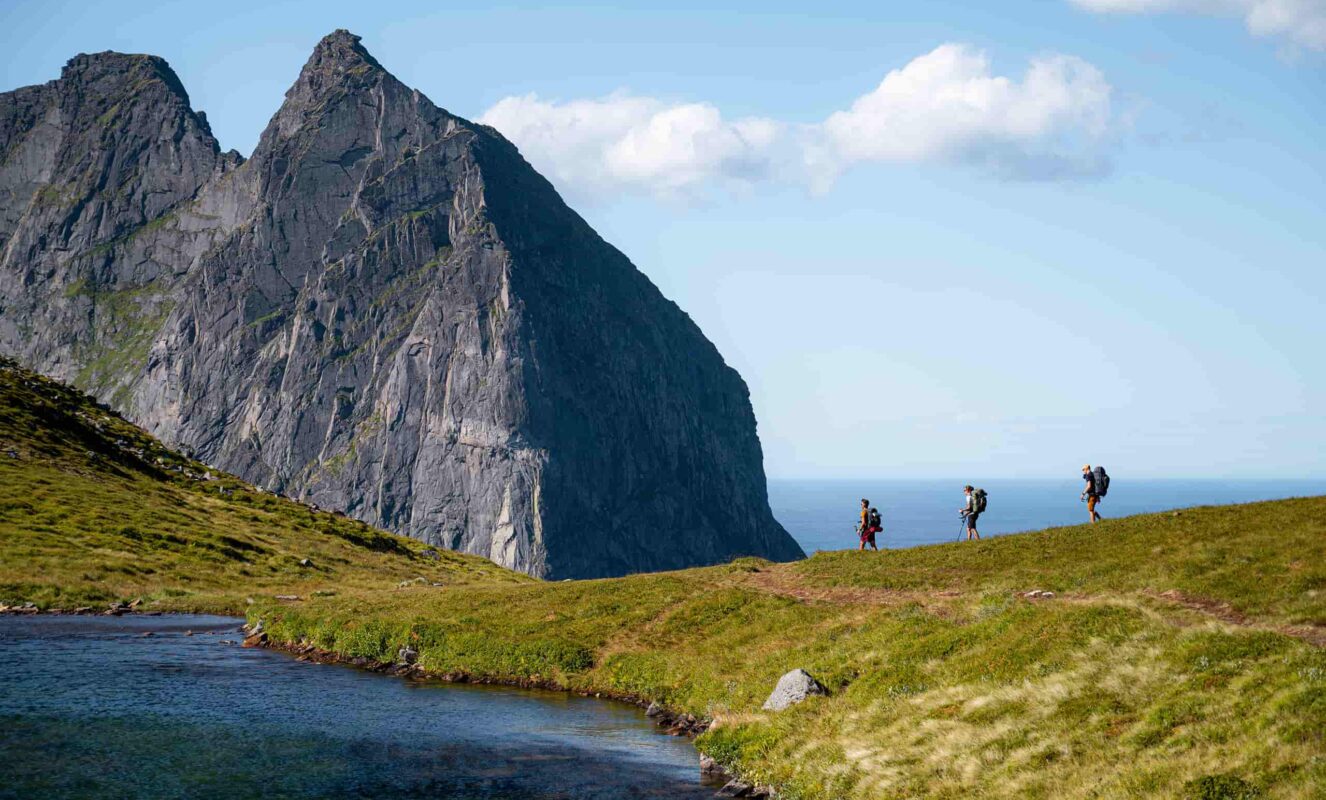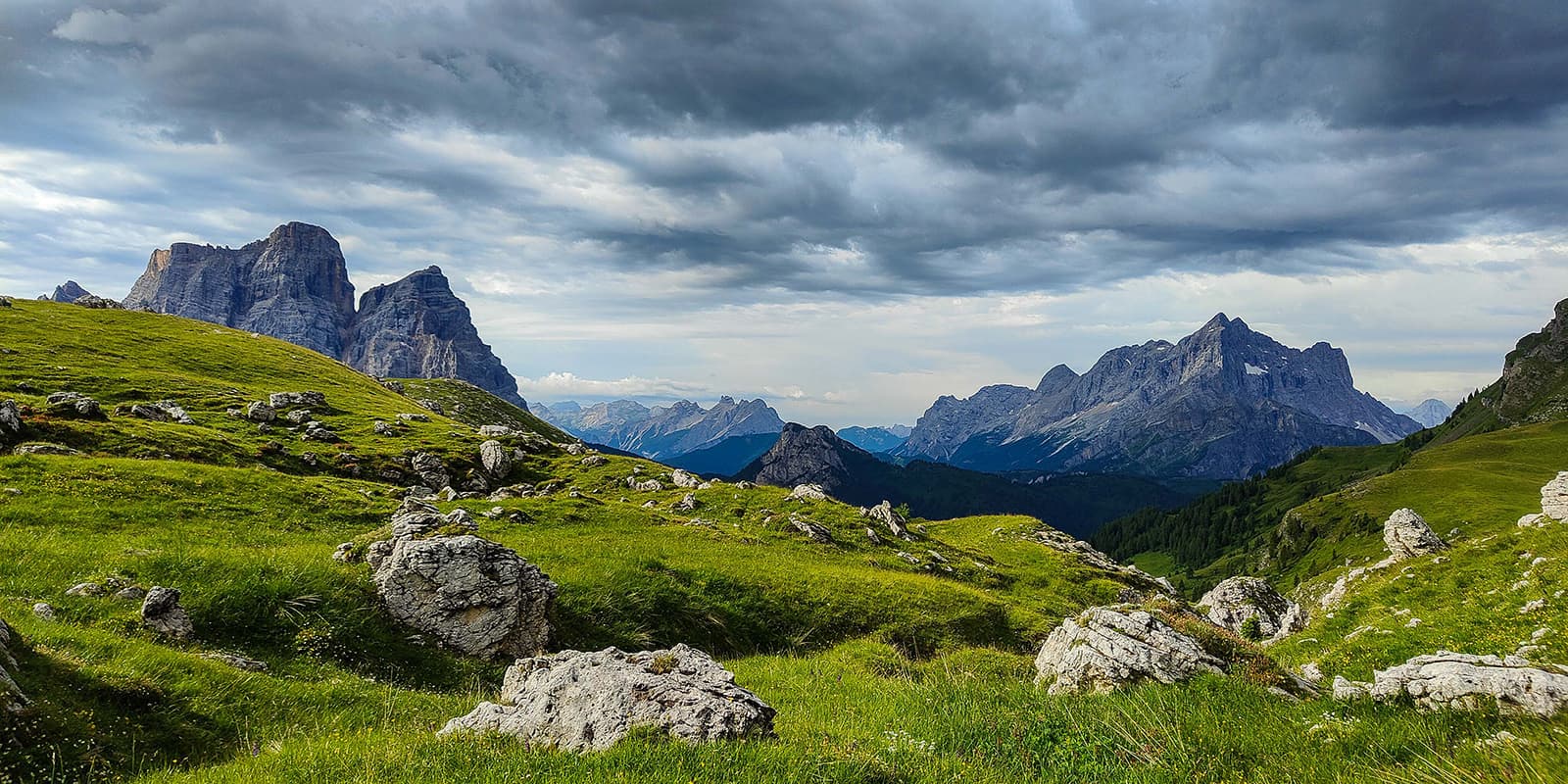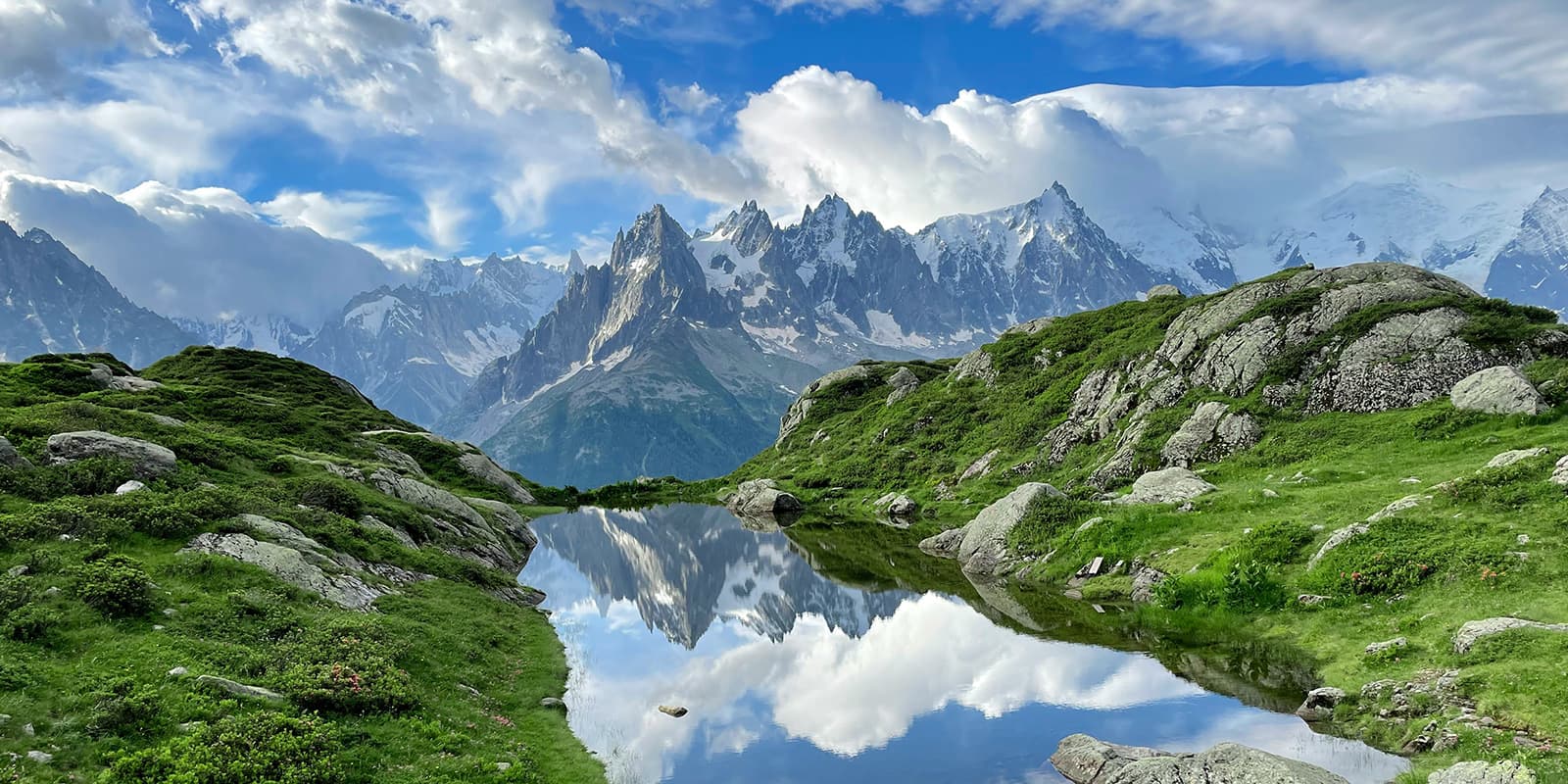The 175-kilometer long-distance hike starts on Møn, the largest of the three islands, in the ancient trading town of Stege. A walk through the old center shows a blend of contemporary and historical architecture. The Møn Museum marks the starting point of the Camøno Trail. Here, you can sleep in a barn if you bring a sleeping mat and bag for the wooden beds. The trail is well-marked, leading towards Nyord. The route is solitary, with only the occasional angler spotted trying their luck on the bridges.
Nyord, a tiny 5 square kilometer island, is 80 percent uninhabitable marshland, regularly flooded by the Baltic Sea. Climb up the tower for panoramic views of the marshes, home to hundreds of bird species including the greenshank, avocet, lapwing, and redshank, with the potential sighting of larger predators like the sea eagle, osprey, and peregrine falcon. The inhabited portion hosts the first shelter, Hyldevang. These shelters, wooden open cottages that can sleep about four people, are freely accessible to hikers and cyclists, often equipped with a fire pit and sometimes wood for an evening fire. After settling in the shelter, a small hike to the harbor, the unique church, and through Nyord reveals photogenic old farms. Clear nights from September to March may offer views of the Milky Way in one of Europe’s darkest spots.
The journey continues along the coastline back to Møn. This is likely the first time on the trek that you’ll see tourists, most often enjoying a dip on a warm day. Moving inland, the white Elmelunde Kirke, a church that was once a high point in the landscape for trading ships on the Baltic Sea, stands out in the landscape with its smooth white buildings and red roofs. A B&B near the church provides accommodation, offering magical sunset views.



